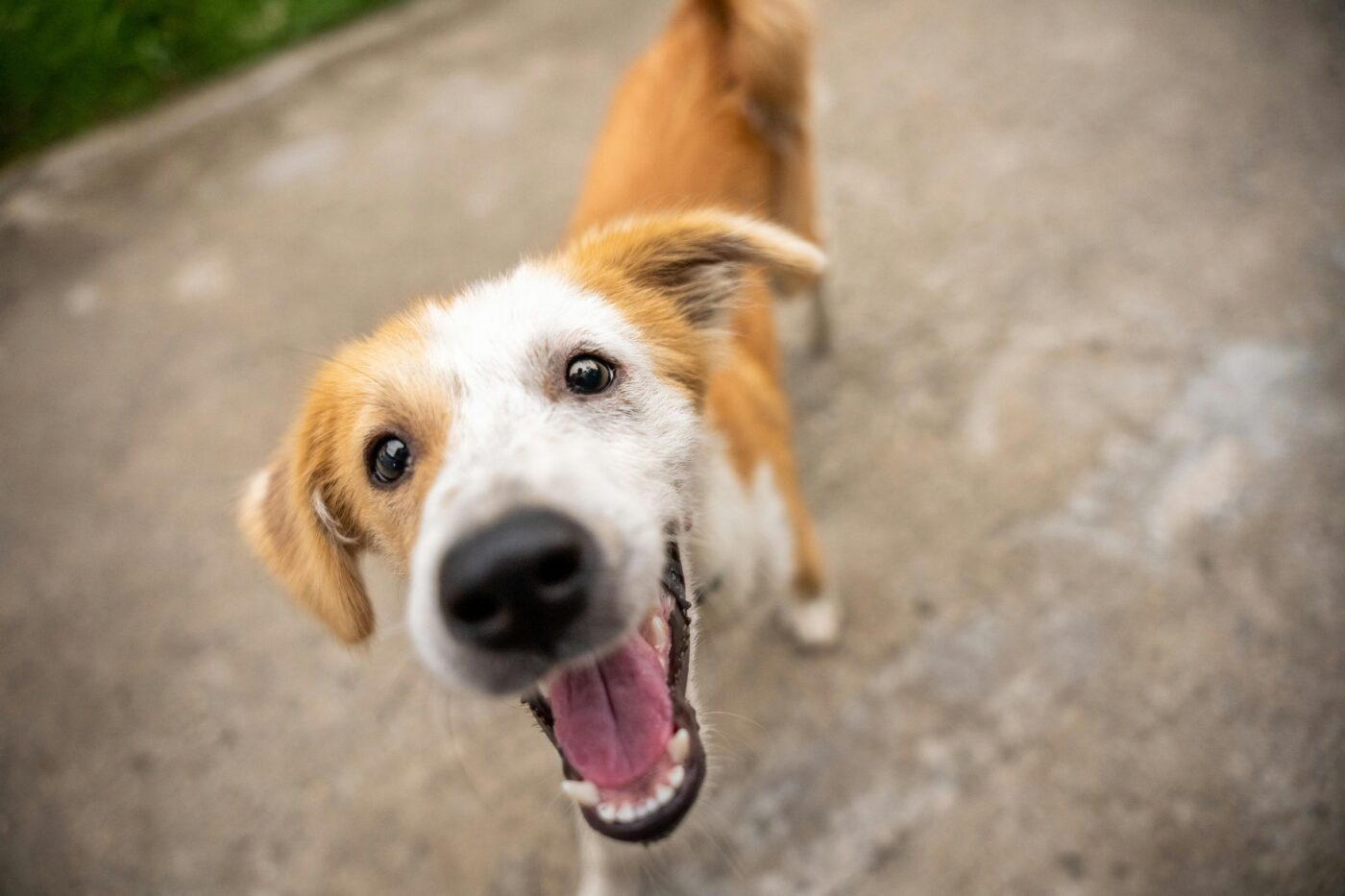 Shutterstock
Shutterstock
A happy dog reflects the strong bond shared with its owner. Like humans, dogs express their emotions through body language, behavior, and interactions with their environment. Recognizing the signs of happiness in your dog is crucial for their well-being and helps nurture a healthy relationship. Whether it’s a wagging tail, playful behavior, or quiet contentment, a happy dog shows joy and satisfaction. Understanding these signs ensures you’re providing the love and care they need while also helping you address any concerns if their mood shifts.
Relaxed and Loose Body Language
 Shutterstock
Shutterstock
One of the clearest indicators of a happy dog is their relaxed and loose body language. When a dog is content, their muscles will be loose, and they will exhibit a calm posture. A dog that holds its head and tail in a natural, comfortable position, with its body relaxed, is often feeling at ease. If your dog stretches out on the floor or rolls over for a belly rub, they are showing trust and happiness. Stiffness, tucked tails, or hunched postures, on the other hand, can indicate stress or discomfort, so it’s essential to watch for these cues.
Wagging Tail
 Shutterstock
Shutterstock
A wagging tail is one of the most well-known signs that a dog is happy. However, it’s important to note that not all tail wags mean the same thing. A high, fast wag typically indicates excitement, while a low, slower wag may show calm contentment. A happy dog will often wag their tail in a way that involves their whole body, sometimes wiggling their back end in a joyful display. The direction of the wag can also offer clues; research suggests dogs wag more to the right when they are feeling positive. Paying attention to how your dog wags their tail can give you valuable insight into their mood.
Playfulness
 Shutterstock
Shutterstock
Playfulness is a strong sign of happiness in dogs. When your dog eagerly engages in games, fetch, or playful chasing, they are likely feeling joyful and energized. Playful behavior may include exaggerated movements, playful barks, and the classic “play bow,” where your dog lowers their front end while keeping their hindquarters in the air. This stance invites interaction and signals that your dog is in a good mood. A playful dog will also be quick to initiate games with you or other dogs, showing they are mentally and physically stimulated in a positive way.
Appetite and Eating Well
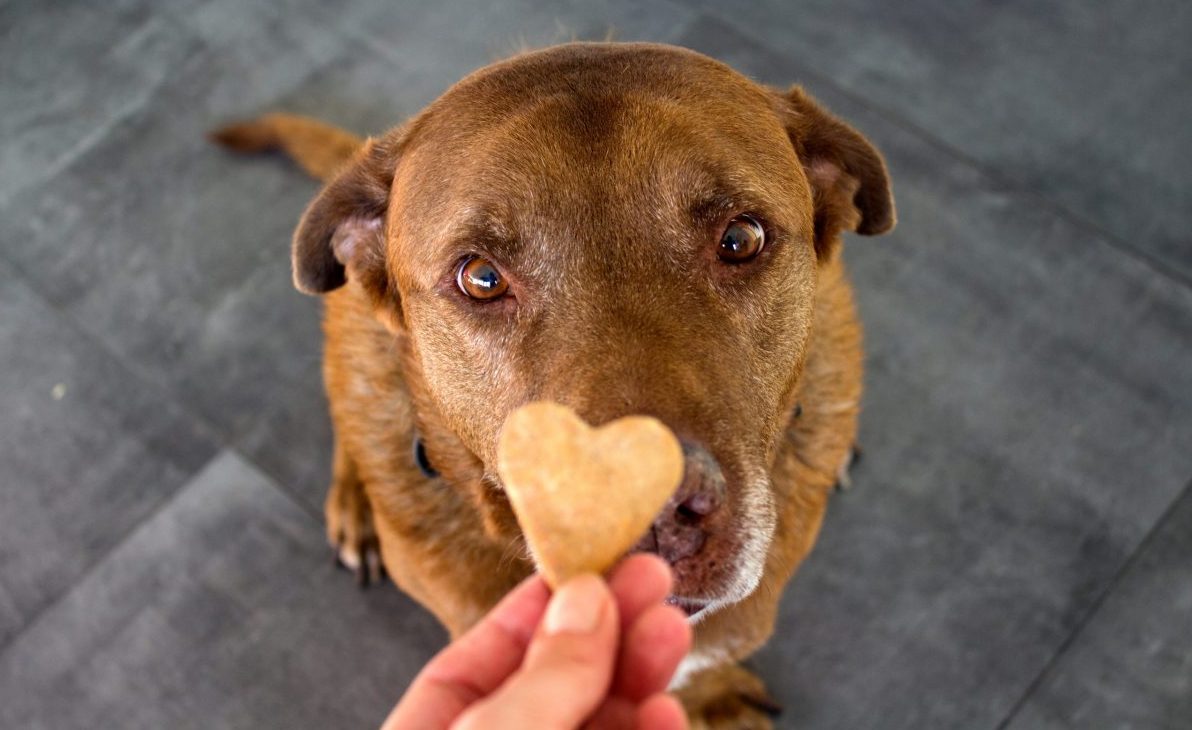 Shutterstock
Shutterstock
A happy dog typically has a healthy appetite. If your dog is eating regularly, finishing their meals, and showing excitement during feeding time, it’s a strong indicator that they are content and comfortable. Dogs that lose interest in food or stop eating altogether could be experiencing stress, illness, or emotional distress. Monitoring your dog’s eating habits is an excellent way to assess their overall happiness and well-being, as changes in appetite can signal underlying problems that may need attention.
Healthy Sleep Patterns
 Shutterstock
Shutterstock
Dogs need plenty of rest, and a happy dog will have a regular, healthy sleep pattern. If your dog is getting enough sleep, waking up refreshed, and remaining energetic throughout the day, they are likely in a positive emotional state. Dogs that sleep in a variety of relaxed positions—whether curled up or stretched out—are showing that they feel safe and secure. On the other hand, restless sleep, constant waking, or signs of anxiety during bedtime may suggest that your dog is experiencing stress. A well-rested dog is often a happy dog, and their sleeping habits can provide valuable insights into their emotional health.
Bright Eyes and Perky Ears
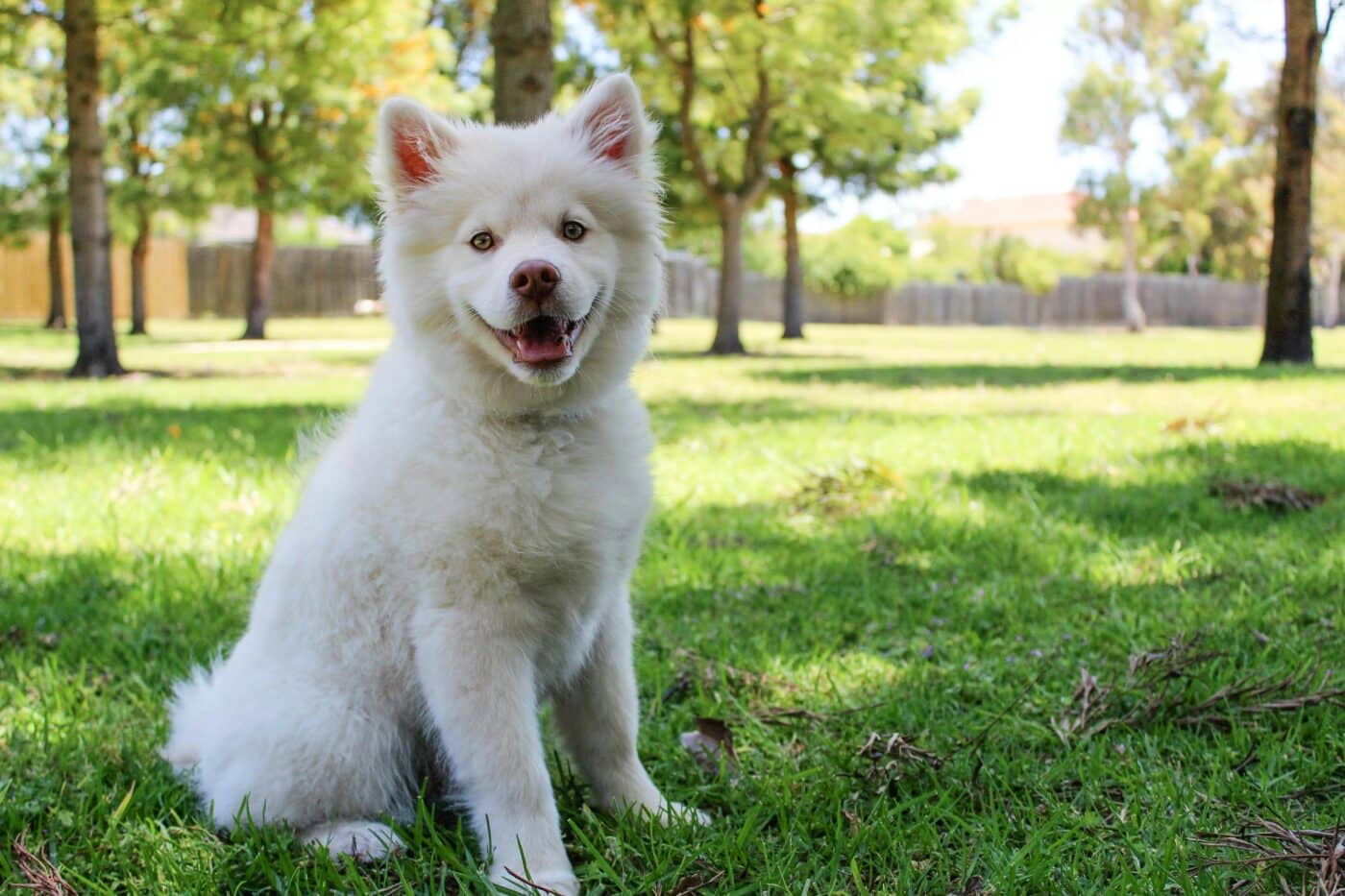 Shutterstock
Shutterstock
A happy dog often displays bright, alert eyes and perky ears. When your dog is content, their eyes will appear soft, with no squinting or tightness around the face. Their ears will be positioned naturally, whether upright or relaxed, depending on the breed. Dogs that hold their ears back against their head or squint their eyes may be feeling uncomfortable or anxious. By observing your dog’s facial expressions, you can gain insight into their emotional state. Bright, open eyes and responsive ears often indicate that your dog is in a positive, happy mood.
Relaxed and Open Mouth
 Shutterstock
Shutterstock
Another sign of a happy dog is a relaxed and open mouth. When dogs are at ease, they often pant lightly with their mouths slightly open, giving them the appearance of smiling. This expression, combined with a loose, calm posture, is a clear indicator that your dog is comfortable and content. A tense or tightly closed mouth, on the other hand, can signal anxiety or fear. If your dog seems to be “smiling” and their body language is relaxed, it’s a sign that they are feeling happy and secure in their environment.
Seeking Physical Contact
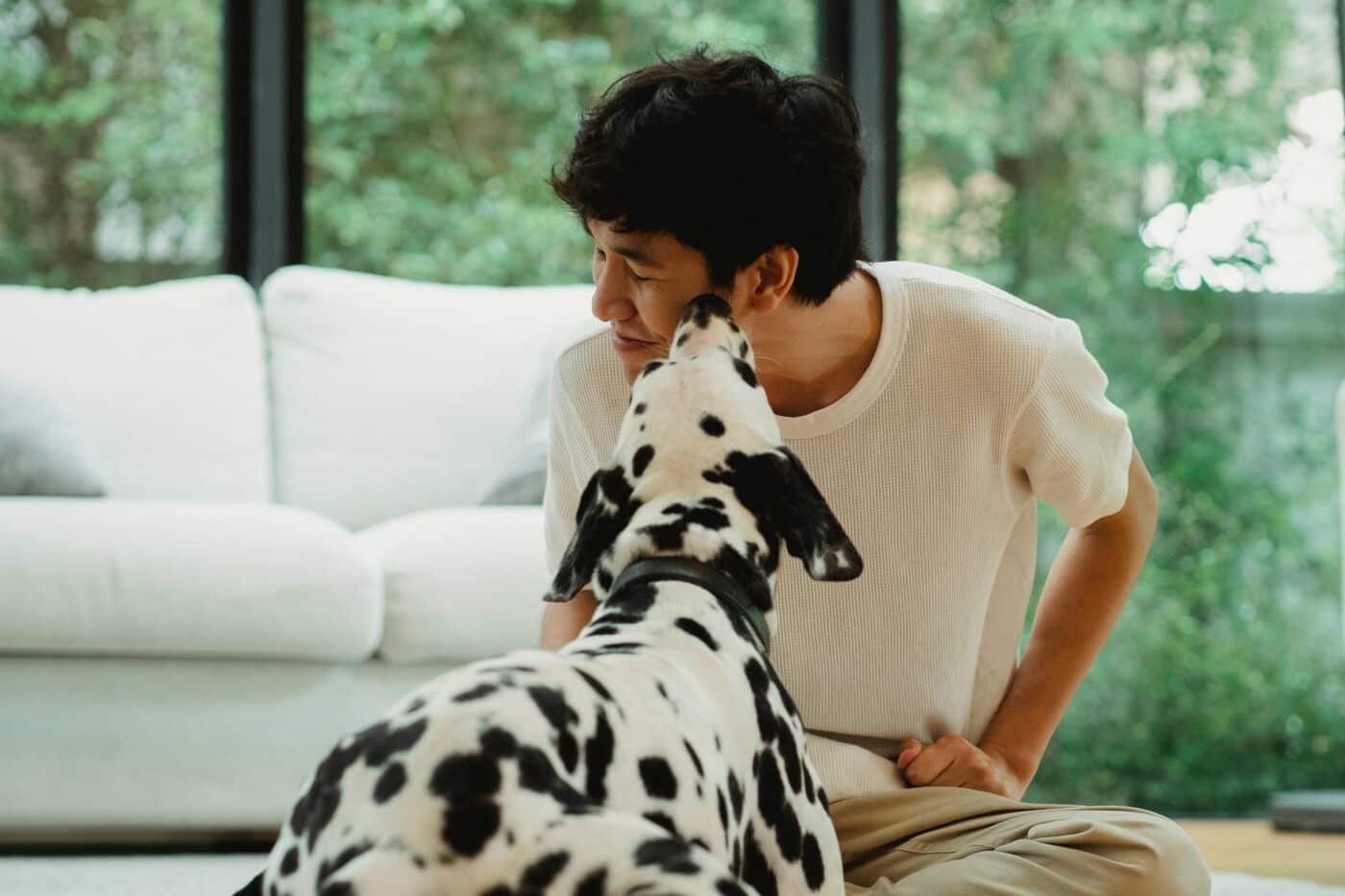 Shutterstock
Shutterstock
Happy dogs love to be close to their favorite humans. Whether it’s leaning against you, cuddling on the couch, or gently nudging you for pets, a dog that seeks physical contact is displaying affection and trust. This behavior shows that your dog is comfortable in your presence and values the bond you share. Dogs that are happy will often want to be near their owners, seeking out opportunities to sit in your lap or snuggle up during relaxation time. A dog that avoids contact or acts distant may be feeling stressed or unwell, so it’s important to note changes in this behavior.
Licking and Nuzzling
 Shutterstock
Shutterstock
Licking and nuzzling are common signs of affection in dogs, and when done in a gentle, non-anxious manner, these behaviors can indicate happiness. Dogs will often lick their owners’ hands, faces, or even feet as a way of showing love and attachment. Nuzzling is another form of affectionate behavior, where your dog may press their nose or head against you to seek attention or comfort. These acts of closeness demonstrate that your dog feels secure and happy in their relationship with you, and they often use licking and nuzzling as a way to bond with their human companions.
Excited Greetings
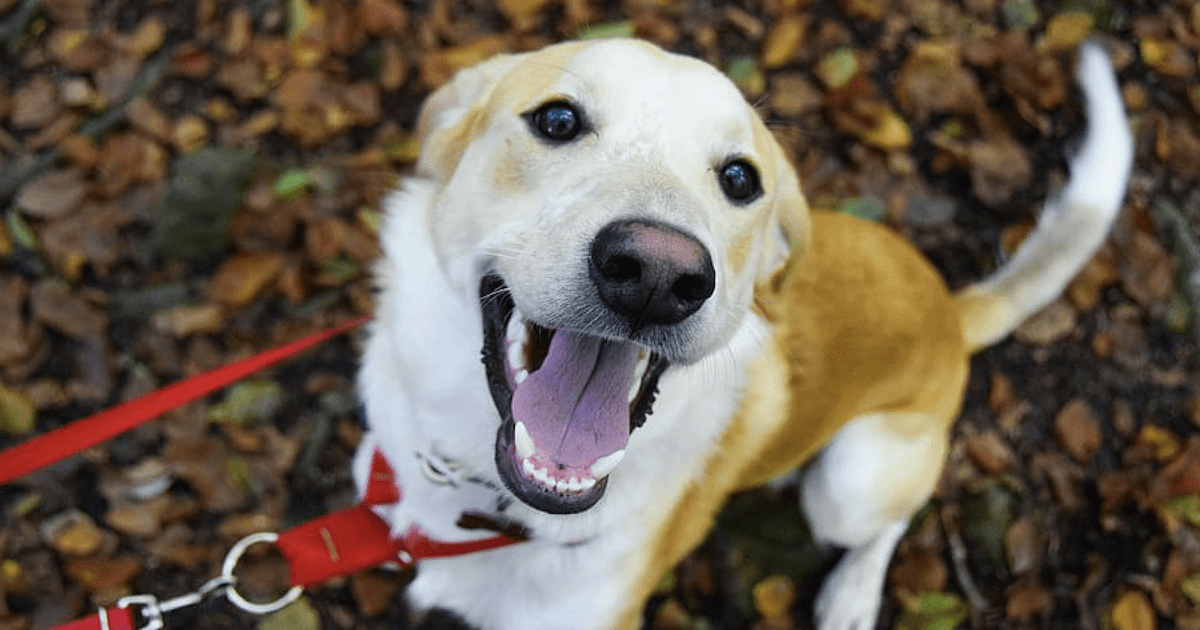 Shutterstock
Shutterstock
A happy dog will greet you enthusiastically when you come home or enter a room. Whether they wag their tail, jump up to say hello, or run in circles, their excitement is a clear sign of happiness. Dogs that are content and emotionally healthy often express their joy at seeing their favorite people through exuberant greetings. This behavior shows that your dog feels safe and valued in your presence. If your dog eagerly greets you every time you return, it’s a good indication that they are feeling happy and connected to you.
Exploring and Being Curious
 Shutterstock
Shutterstock
Curiosity and a desire to explore are signs of a mentally stimulated and happy dog. Whether it’s sniffing around the yard, investigating new environments, or engaging with toys, a dog that shows interest in their surroundings is likely content. Happy dogs enjoy exploring and using their senses to learn about the world. They will approach new experiences with enthusiasm and curiosity rather than fear or hesitation. If your dog is eager to discover new things and remains engaged with their environment, it’s a sign that they are in a positive emotional state.
Socializing with Other Dogs
 Shutterstock
Shutterstock
A happy dog will enjoy socializing with other dogs, whether during playtime at the park or through interactions with other pets in the household. Dogs that are comfortable and content will engage in friendly behaviors, such as sniffing, playing, and sharing toys. Positive interactions with other dogs indicate that your dog feels secure and confident. Dogs that avoid socializing or display aggression may be dealing with stress or anxiety. Observing how your dog interacts with other animals can provide important clues about their overall happiness.
Calm Behavior During Alone Time
 Shutterstock
Shutterstock
While dogs love being around their humans, a truly happy dog can also handle being alone for short periods without experiencing distress. If your dog can stay calm and relaxed when left alone, it indicates that they feel secure in their environment and trust that you will return. Dogs with separation anxiety often exhibit signs of distress when left alone, such as barking, destructive behavior, or pacing. A content dog, on the other hand, will rest, nap, or calmly wait for your return. This balance between social interaction and alone time is a key indicator of your dog’s emotional well-being.
A Happy Dog is a Healthy Dog
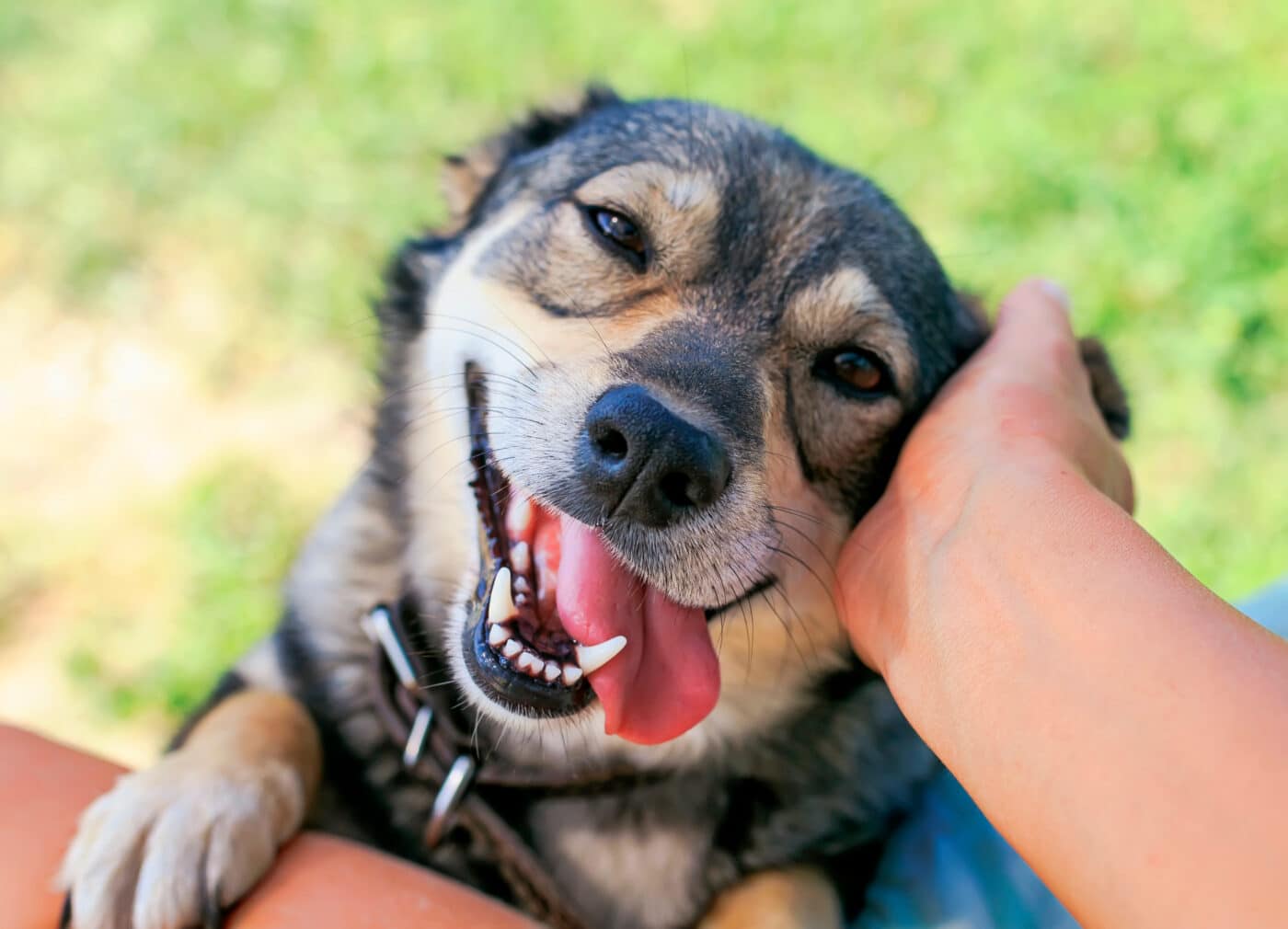
Recognizing the signs of a happy dog ensures they are thriving physically and emotionally. Relaxed body language, playful behavior, and curiosity all indicate your dog is living a fulfilling life. Understanding these cues allows you to strengthen your bond and make any necessary adjustments to enhance their happiness. A happy dog reflects the care and love they receive from you. By nurturing this relationship, you contribute to your dog’s long-term health and well-being, ensuring they remain a joyful and content companion for years to come.
 Toledo, United States.
Toledo, United States.